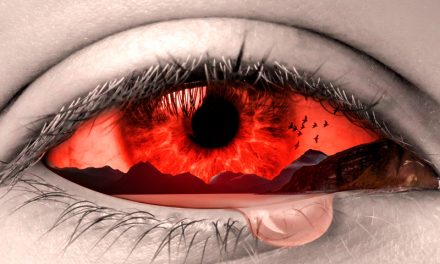Case report
Author
Dra. Kátia Angelina Bertti Morandi
Abstract
The aim of this study was to carry out a narrative review of ozone therapy protocols used in the treatment of osteonecrosis of the jaws, looking at the routes used, the techniques and also checking the results presented and other considerations made in this regard. Drug-Induced Osteonecrosis of the Jaws is a disease that affects the jawbone as a result of adverse effects from the use of anti-resorptive and anti-angiogenic drugs and treatment regimens with bisphosphonates and denosumab to treat patients with cancer, multiple myeloma and osteoporosis. Ozone therapy is a complementary therapy that is part of the new technology techniques that complement and facilitate conventional treatments. Ozone therapy is a biologically positive therapy that, through the metabolism of ozone and its Hormetic capacity, acts to heal wounds, control infection, modulate pain and local inflammation, induce reparative bone formation and potentially maintain healing after ozone therapy, which is what most of the studies have shown. Faced with the challenges of scientifically proving ozone therapy protocols in the treatment of osteonecrosis of the jaws, 58.33% of these studies did not demonstrate the protocols used or even partially presented them, failing to partially describe these protocols. The clinical studies described only used local routes (100%) and there were no studies that used the systemic route or the associated local and systemic route in the treatment of osteonecrosis, which is what happened in the pre-clinical studies. All the studies, in consensus, did not find any toxic or adverse effects of ozone therapy, and described it as a safe, relatively simple technique that in several studies proved that its use was responsible for minimizing “complex” procedures, usually surgical; promoting bone sequestration of necrotic bone spontaneously or in a way that allowed its simple removal without the need for surgery and that these benefits were notable when ozone was associated.
Drug-Induced Osteonecrosis of the Jaws is a disease that affects the jawbone. It is a highly complex pathology that requires a multidisciplinary approach from professionals, and we therefore observed from the narrative of these studies that an ozone therapy protocol could be considered that combines local and systemic application to the patient, to maximize the benefits and actions of ozone, and to use protocols that optimize all the vehicles available for local application of ozone, in order to really prove the benefits and validate the hypothesis of a reduction in the time it takes to repair these injuries.
Thus, we conclude that, to date, researchers and professionals have not explored and demonstrated all the possibilities of treatment with ozone therapy, they have not used the potential of the combination of application routes, and with regard to ozone therapy protocols for this purpose, the protocols are not well defined and there are many differences in clinical application. We reiterate the need for randomized studies to prove this and for ozone therapy to become a reality in the complementary treatment of osteonecrosis of the jaws..
This post is also available in:  Español (Spanish)
Español (Spanish)

































